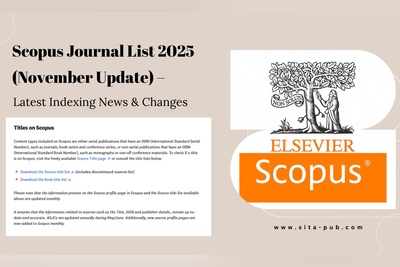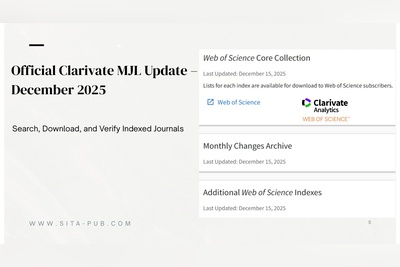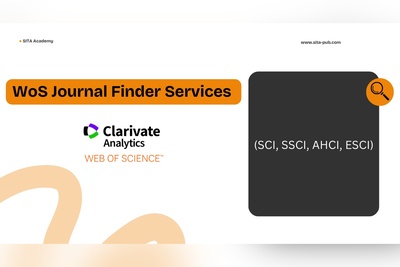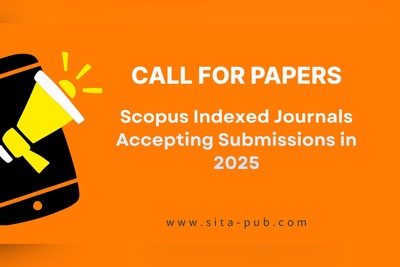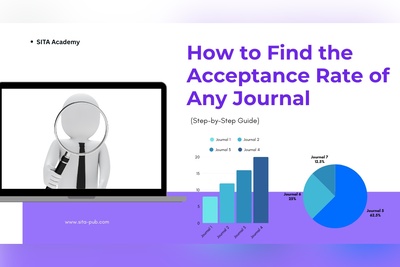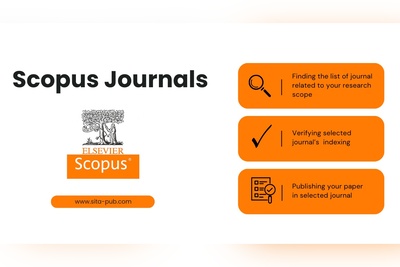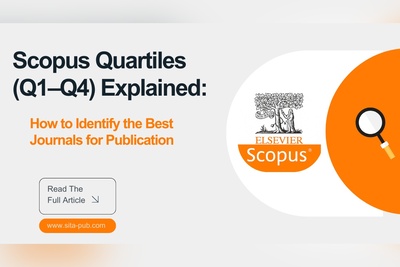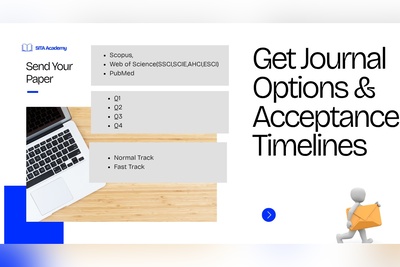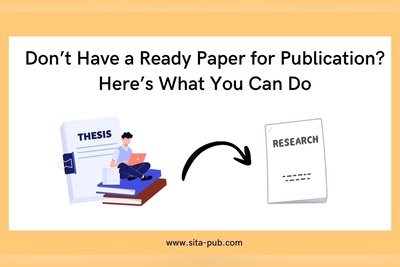Is Publishing in Q3 or Q4 Journals Worth It? Honest Insights
Is publishing in Q3 or Q4 journals worth it? This article offers honest insights into Q3/Q4 journal rankings, credibility, costs, timelines, and how to choose the right one based on your goals and research quality.
- What Are Q3 and Q4 Journals?
- Are Q3 and Q4 Journals Reputable?
- Are Q3 and Q4 Journals Affordable?
- Do Q3 and Q4 Journals Cover All Fields?
- How Long Does It Take to Publish in Q3/Q4 Journals?
- Are Q3 and Q4 Journals Easier to Publish In?
- Should You Publish in Q3 or Q4 Journals?
- It Depends on the Journal and Your Goals
- Conclusion: Is Publishing in Q3 or Q4 Worth It?
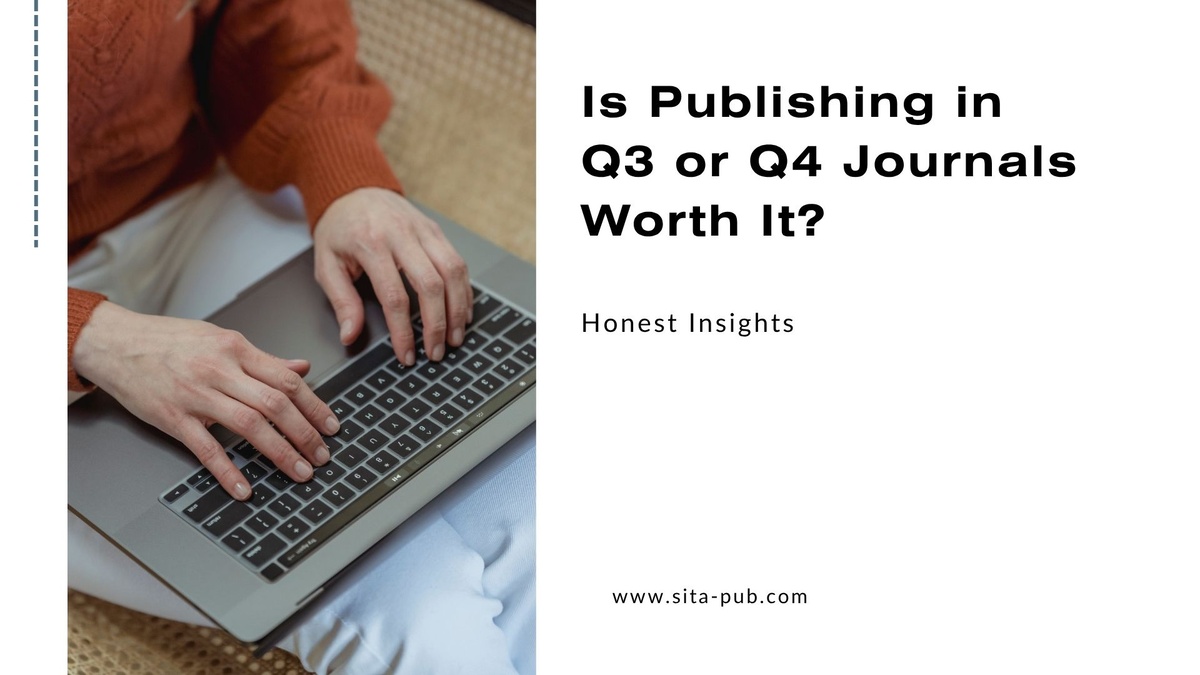
In the academic publishing world, journals are often ranked into quartiles—Q1 to Q4—based on various metrics that reflect their impact and prestige. While Q1 and Q2 journals are often seen as the gold standard, Q3 and Q4 journals are sometimes viewed with skepticism. But is that fair? Is publishing in Q3 or Q4 journals still worthwhile?
The answer isn’t as simple as “yes” or “no.” It depends on your academic goals, the credibility of the journal, and the quality of your research. In this article, we’ll explore everything you need to know about Q3 and Q4 journals to help you make the right publishing decision.
What Are Q3 and Q4 Journals?
Journals are grouped into quartiles based on performance metrics such as Impact Factor, SJR (SCImago Journal Rank), and CiteScore, which measure things like citation frequency and journal reach. These quartiles are usually categorized within specific subject areas.
Q1 Journals: Top 25% in their field
Q2 Journals: 25–50% range
Q3 Journals: 50–75% range
Q4 Journals: Bottom 25% in their category
Q3 and Q4 journals are therefore not "bad" journals; they simply rank lower compared to others in the same subject area based on citation metrics. Many still follow rigorous peer review processes and publish quality research, especially in emerging or niche disciplines.
Are Q3 and Q4 Journals Reputable?
This is one of the most common concerns among researchers.

The truth is: not all Q3 and Q4 journals are created equal. Some are well-established, peer-reviewed, and published by reputable academic publishers. Others may be newer or more regional, which can affect their citation metrics—but not necessarily their scientific integrity.
To determine a journal’s credibility, consider the following: Indexing: Is the journal indexed in Scopus, Web of Science, or PubMed?
Publisher: Is the publisher known for academic transparency and integrity?
Peer Review: Does the journal follow a double-blind or open peer review process?
Editorial Board: Are there well-known scholars in your field on the editorial team?
If the journal meets these criteria, even if it’s Q3 or Q4, it can still be a solid platform for your research.
Are Q3 and Q4 Journals Affordable?
Compared to Q1 and Q2 journals, Q3 and Q4 journals are often more affordable, especially in open-access publishing.
Article Processing Charges (APCs) for Q1 journals can range from $1000 to over $3000.
Q3 and Q4 journals may charge significantly less—some even publish for free, particularly if they’re university-affiliated or regionally funded.
This makes Q3/Q4 journals an attractive option for early-career researchers, graduate students, or scholars with limited funding.
Do Q3 and Q4 Journals Cover All Fields?

Yes. Q3 and Q4 journals are available across all academic disciplines, including medicine, engineering, social sciences, arts, business, and natural sciences.
They often focus on specific niches, regional issues, or emerging topics that may not yet attract high citation rates—hence their lower ranking. However, this also means they may be more receptive to innovative, interdisciplinary, or pilot research, which higher-tier journals sometimes reject for not being “broad” enough.
How Long Does It Take to Publish in Q3/Q4 Journals?
One of the main advantages of Q3 and Q4 journals is a shorter publication timeline.
Initial decision: Often within 4–8 weeks
Final publication: Can be as quick as 2–4 months
This is in contrast to many Q1 journals, which may take 6–12 months or more from submission to final decision, especially due to high competition and longer review cycles.
This faster turnaround is ideal for:
Researchers on a tight deadline (e.g., for graduation or scholarship)
Academics aiming to meet institutional publishing requirements
Authors wishing to test ideas or publish early results quickly
Are Q3 and Q4 Journals Easier to Publish In?
Generally, yes—but with important caveats.
Acceptance rates are often higher than Q1 or Q2 journals.
Review criteria may be slightly more flexible.
Innovation threshold may be lower for some journals.
However, this does not mean that Q3/Q4 journals accept low-quality or plagiarized work. The basic expectations—originality, clear methodology, ethical compliance, and academic writing quality—still apply.
Should You Publish in Q3 or Q4 Journals?
Here’s a realistic way to evaluate your decision:
When It Makes Sense to Publish in Q3/Q4 Journals:
You are targeting a local audience or regional topic
You need to publish quickly
Your institution accepts Q3/Q4 for graduation or promotion
You have budget constraints
Your paper is sound but not groundbreaking
You are just starting your academic career and building a track record
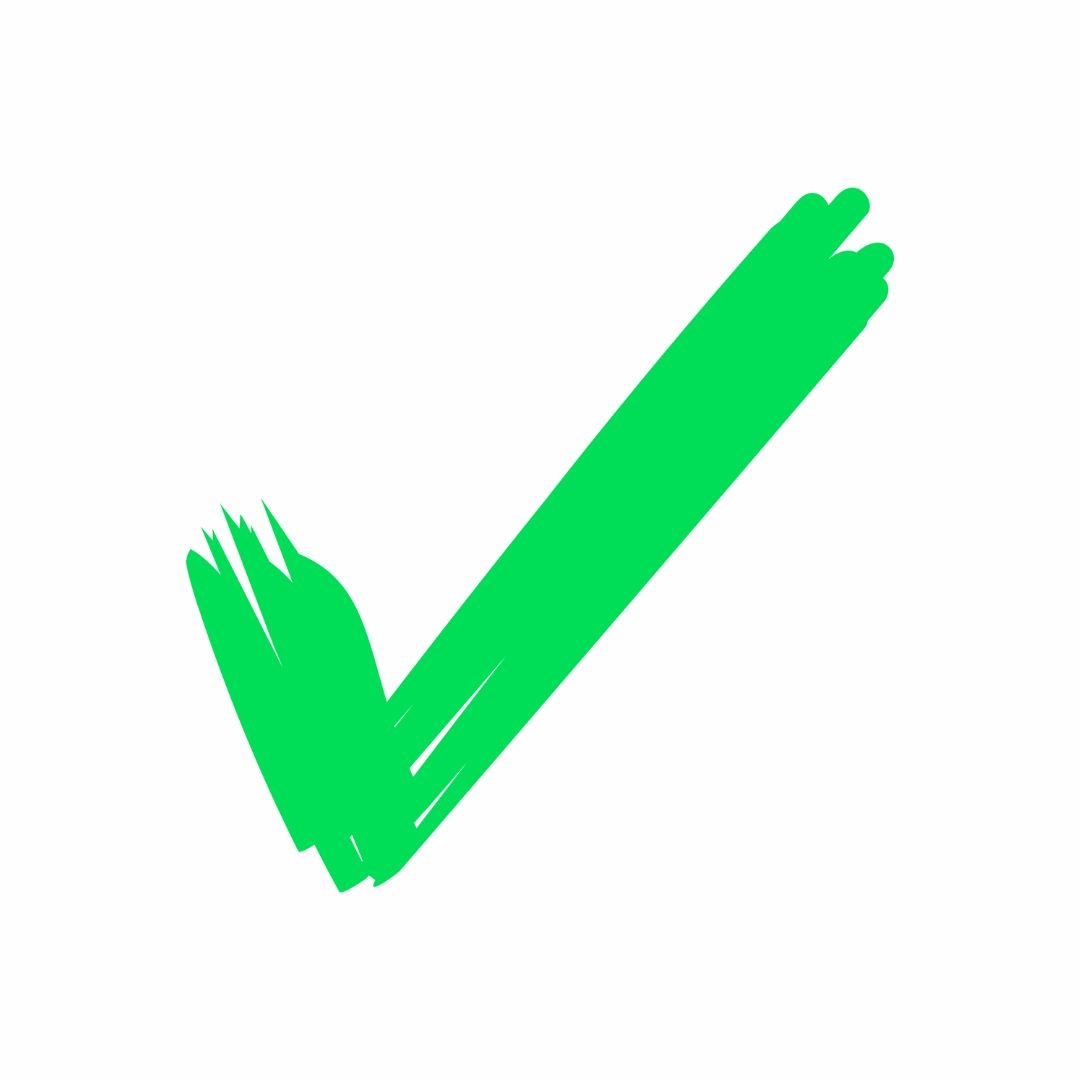
When You Might Aim Higher:
Your institution only accepts Q1/Q2 publications
You are applying for international postdocs, grants, or tenure
Your research is highly novel and data-rich
You need maximum exposure in your field
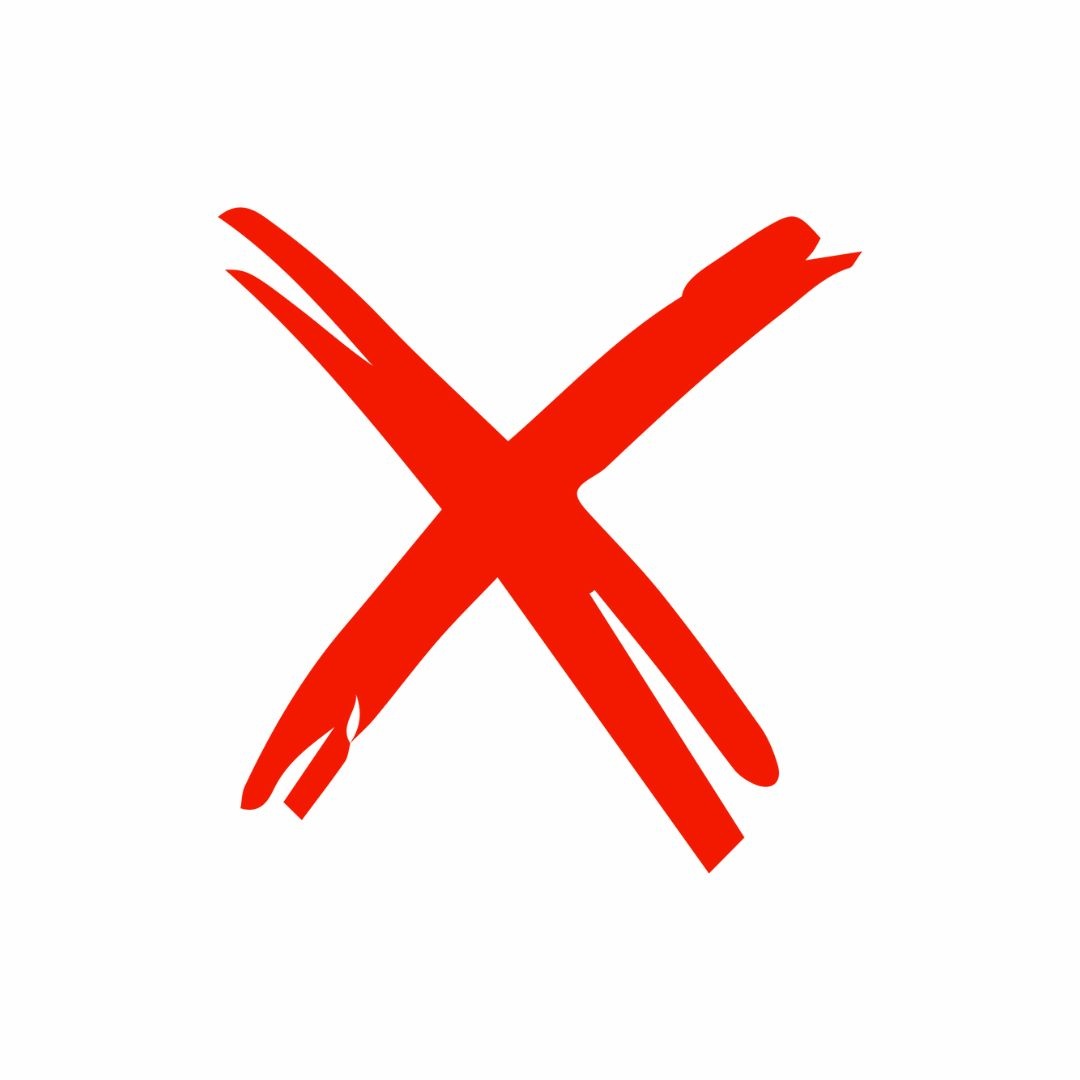
It Depends on the Journal and Your Goals
Instead of focusing only on the quartile, ask yourself:
Is the journal indexed in trusted databases?
Is the peer-review process transparent?
Will this journal help me achieve my academic or career goals?
Does the journal align with my paper’s scope and contribution?
A Q3 journal in Scopus or Web of Science can still be an excellent option if it matches your goals and meets quality standards. In contrast, a poorly managed Q1 journal (yes, they exist) may not serve your needs well.
Conclusion: Is Publishing in Q3 or Q4 Worth It?
The answer is: it depends.
Publishing in Q3 or Q4 journals can absolutely be worth it—if the journal is reputable and your publication strategy aligns with your academic goals. For many researchers, these journals offer an accessible, fast, and cost-effective route to disseminate valid, meaningful research.
Rather than fixating on quartiles, focus on finding a credible journal that suits your needs, prepares your paper to meet high standards, and ensures your research reaches the right audience.
Journal Selection Assistance at SITA Academy
Would you like help selecting the right journal or preparing your paper for submission?
SITA Academy offers expert journal selection, formatting, language editing, and submission support tailored to your field and goals.
Contact us today for personalized guidance.
Verified Contact Channels
If you have any questions, inquiries, or would like to learn more about our services, please don't hesitate to reach out to us. Our dedicated team is ready to assist you.





